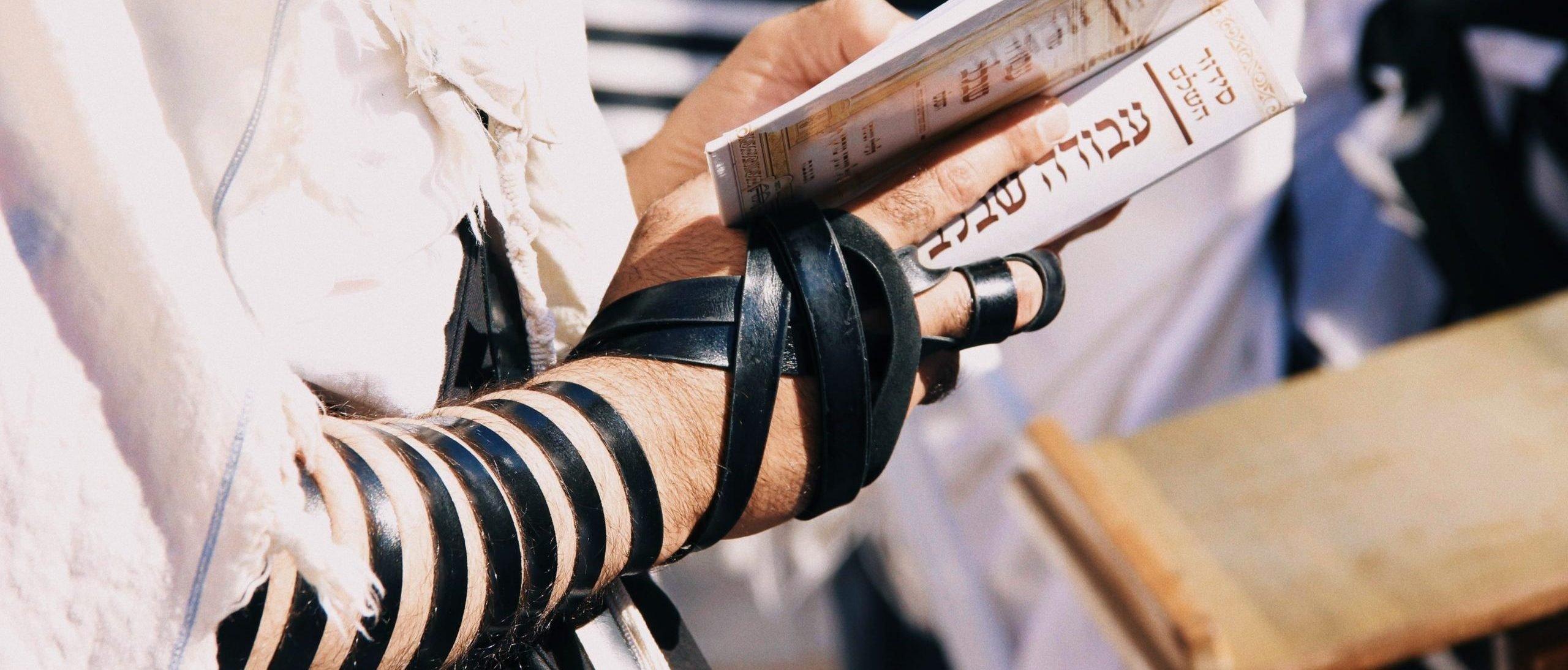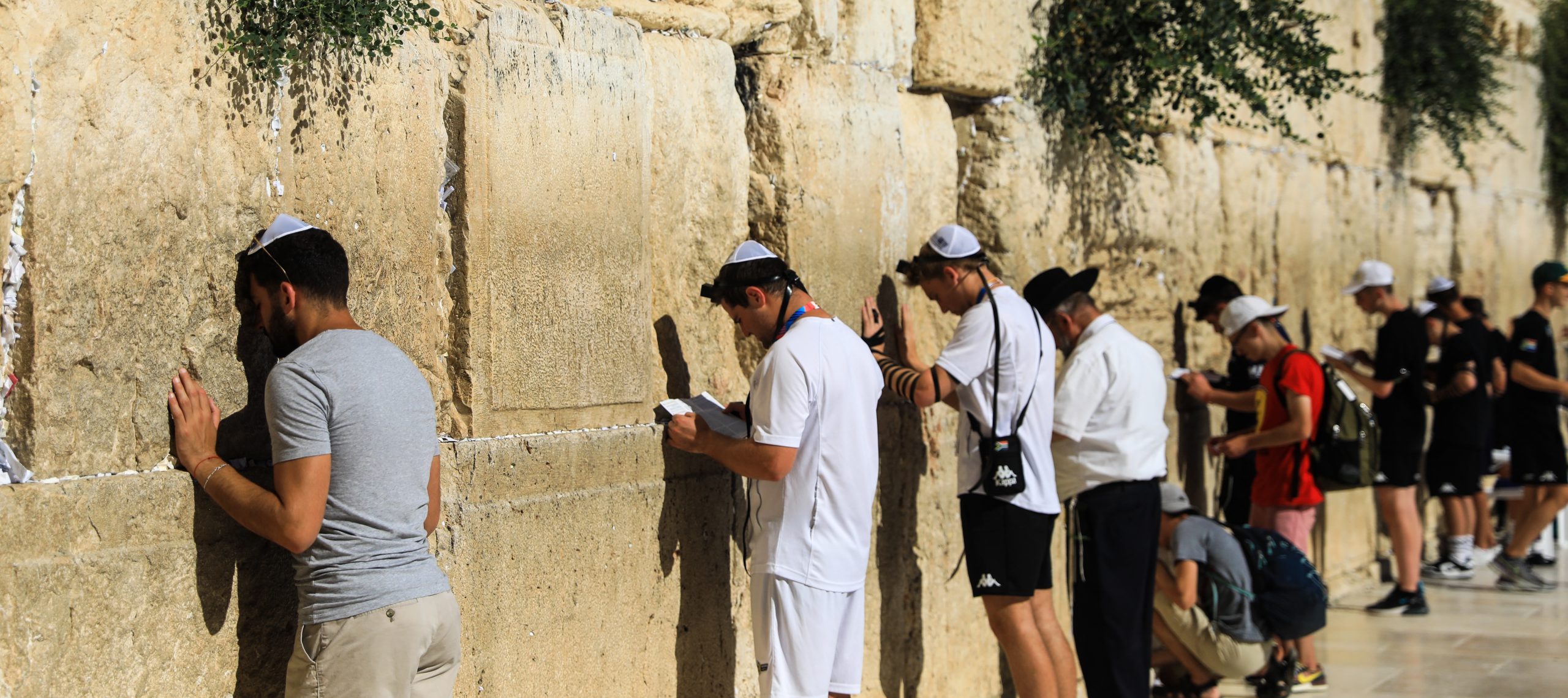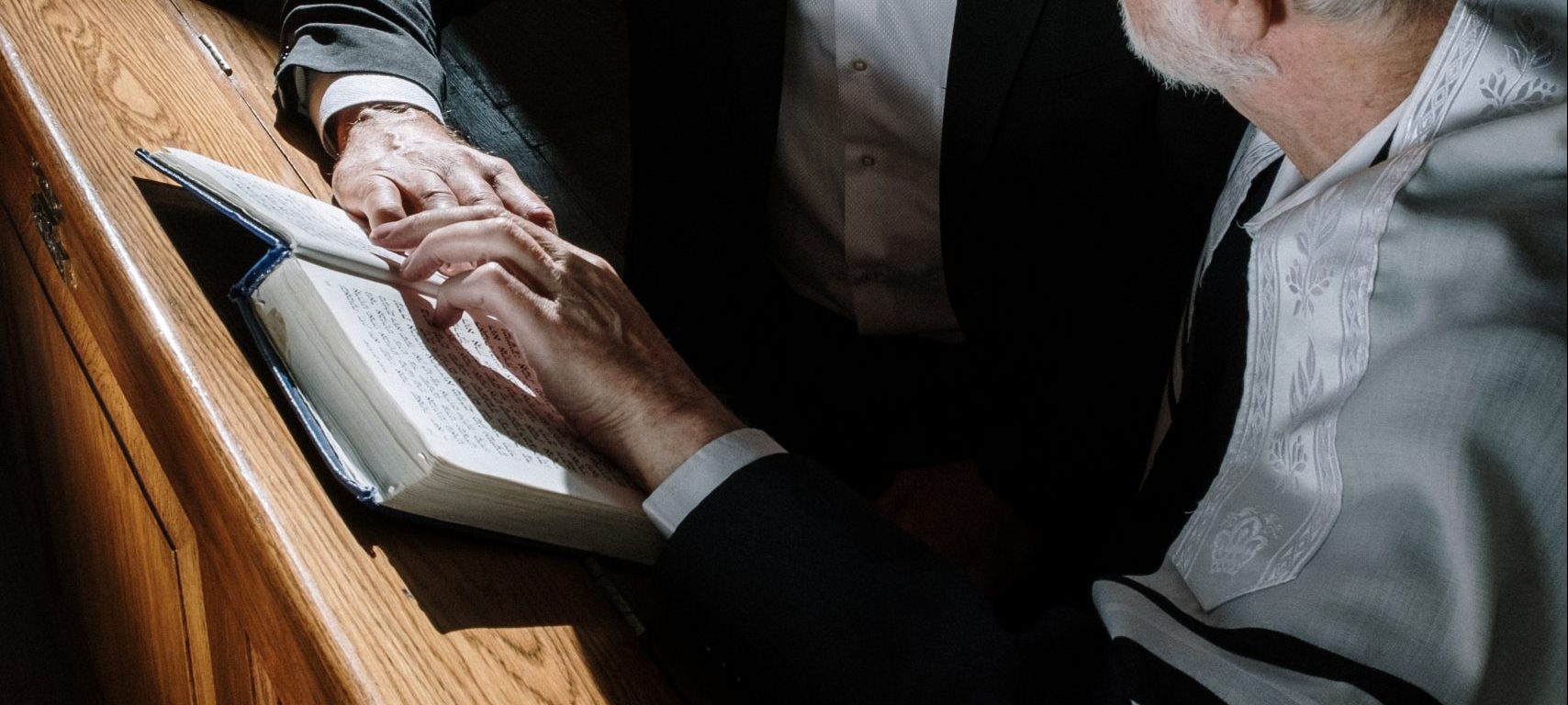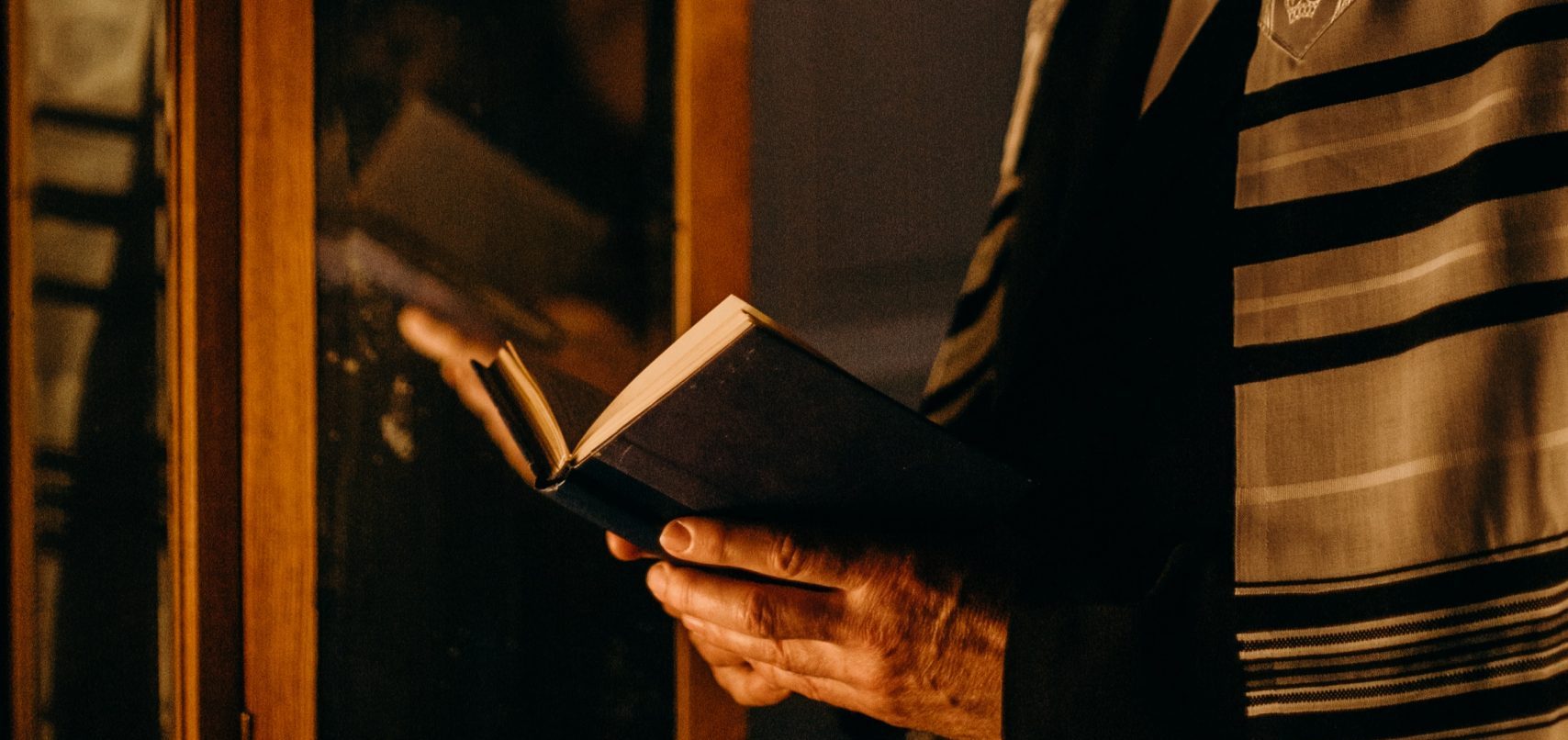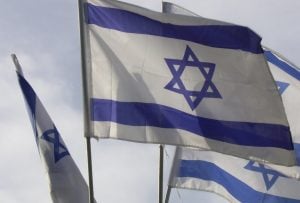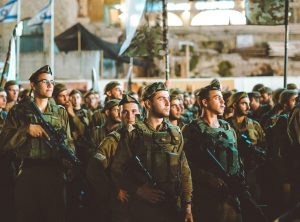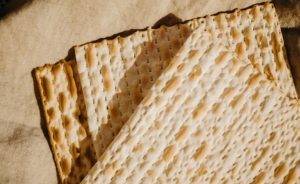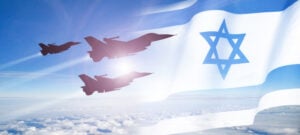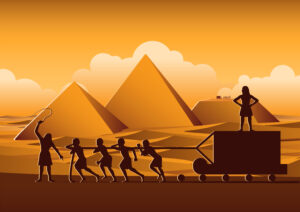Brachas
On top of set prayers at set intervals, brachas are a type of prayer that would more typically translate as blessing. However, unlike in other cultures who may understand ‘blessing’ as an invocation for divine goodness, brachas are usually a type of gratitude and praise for G-d. For example, before drinking wine, the bracha would translate to
“Blessed are You, L-rd our G‑d, King of the universe who creates the fruit of the vine”.
Some are longer, or have added sections, like the longer paragraphs around the blessings for kiddush but thematically it serves the same purpose.
There are a few exceptions, like bircat habayit, the blessing for the home, which is a modern invention asking for a guard against negative things existing in the home. It does not have the normal structure of a Jewish blessing, but it is seen hanging on walls of Jewish homes in every community.
Recitation
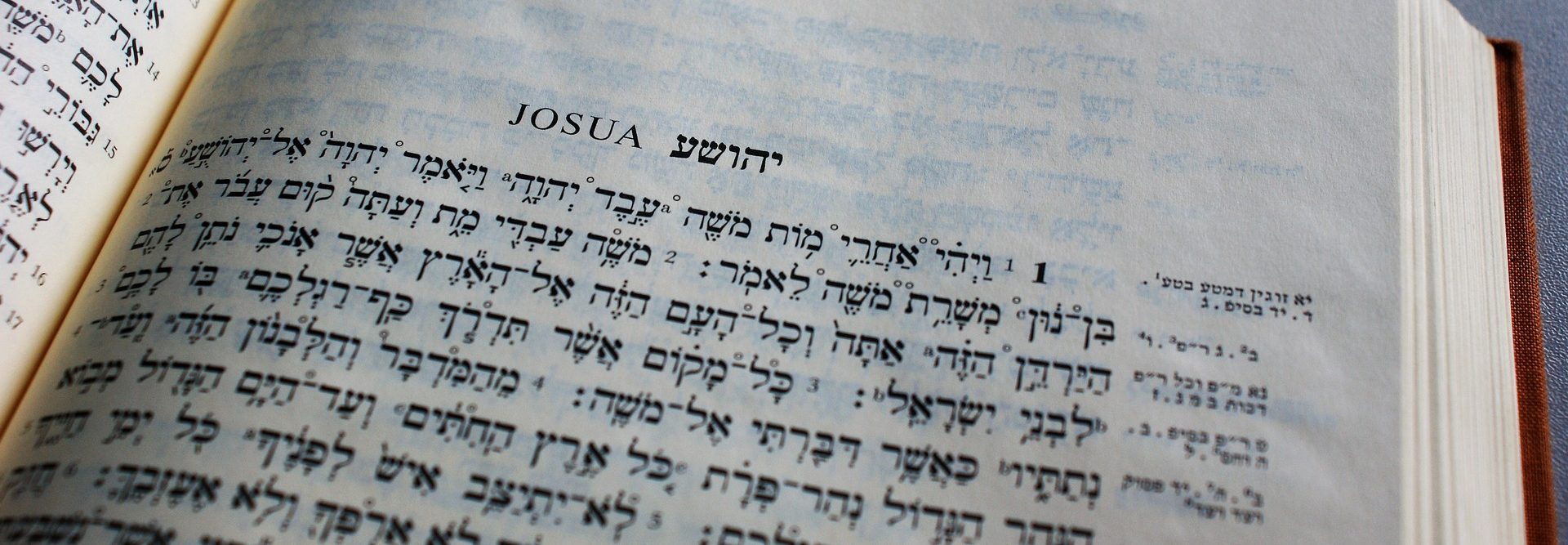
One typical way that people access prayer is via reading certain texts. Particularly common would be reciting tehillim (psalms), or mishnayot that are part of the Oral Torah. Many individual sections have come to be associated with things like health, success having children, safety, and so on, but may also just be associated with times of year like the start of a month. Learning Torah, especially with relevant themes to whatever you are praying for, is a very common way to enhance one’s prayers by doing a mitzvah.
Ultimately, every single mitzvah will bring you closer to Hashem, and in turn enhance your spiritual life. There’s no better time to find the Judaica you need for a rich Jewish life.
